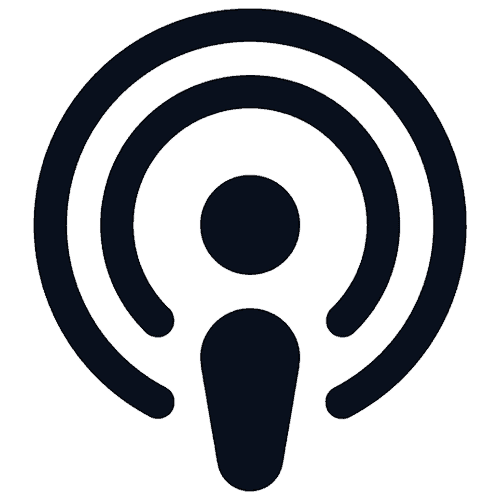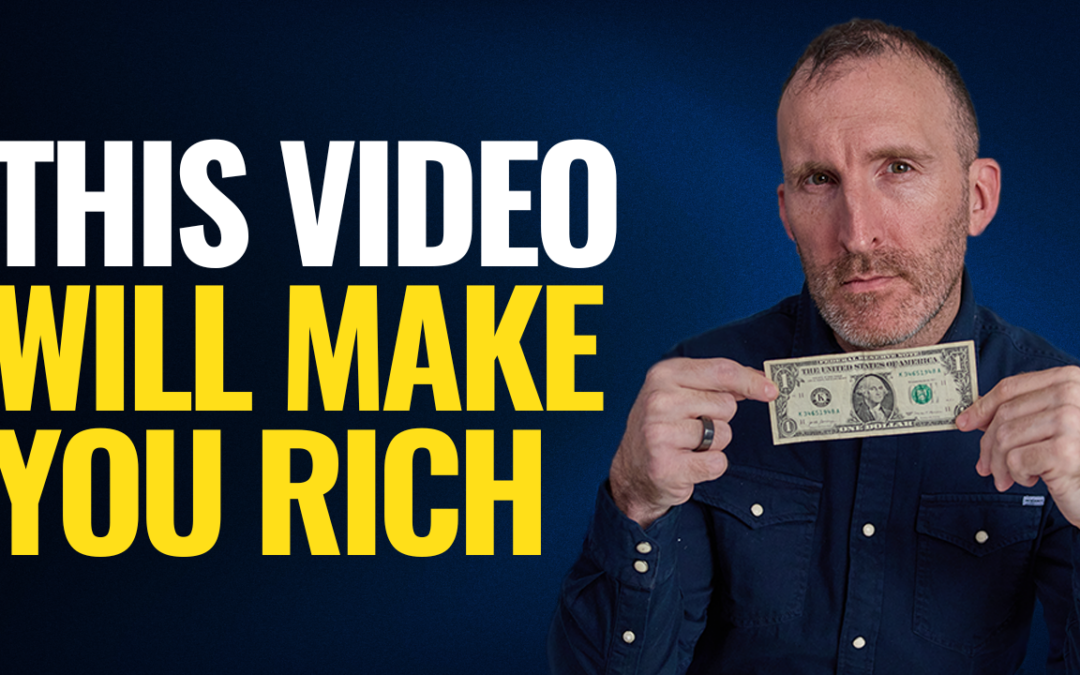Love.
Just what is it?
And why is it something that many people want to have or experience?
Plenty of books and movies portray love as a romantic ideal; however, love is actually more complex than that. There are many aspects to this phenomenon—psychological and philosophical theories—but having all this knowledge doesn’t automatically mean you will be able to find the right person for you and achieve “happily ever after”.
There is one more factor we need to consider: our own personal beliefs about what love is or isn’t supposed to be. These stories we tell ourselves tend to influence our experiences which then leads to problems when it comes to forming relationships.
In this episode, in the first of a two-part session, I have taken a special outtake of my Clubhouse session on the neuroscience of love, relationships, and heartbreak. Hope you enjoy!
Key Takeaways:
- Robert Sternberg’s triangular theory of love and how the 3 components of love generate 8 possible kinds of love
- The 8 different types of love according to the ancient Greeks
- John Bowlby and Mary Ainsworth’s attachment theory
- On the self-limiting belief that one is either the victim or the villain of circumstance
- How the principle of scarcity is related to the saying “nice people finish last”
- On the problematic belief that a significant other is either property or an “other half”
Quotes:
- “Make sure that you and your beloved are on the same page.”
- “Once you’re aware of what kind of (attachment) style you have, it’s then up to you to do what you can to start to work on that.”
- “Understanding more about yourself is a tool that allows you to be able to accept some aspects, but you can always improve.”
- “When it comes to love, we can be our own worst enemies in many ways.”
- “Love is something that you work on.”
- “You need to look at your love narrative. What are the kinds of beliefs that you have?”
Resources:
Podcast: Play in new window | Download






